[ad_1]
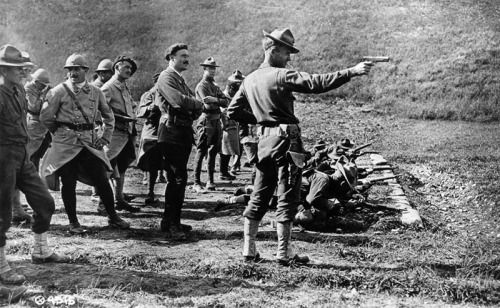
Again to the trenches! Once I got down to hunt down the sidearms of World Battle I, I by no means knew how deep I needed to dive. There have been tons and tons of sidearms fielded by the varied army forces. I lowered it to the main powers of World Battle I after which needed to break up the articles in half to separate revolvers from automatics. We lined revolvers, and now it’s time to speak in regards to the computerized handguns of World Battle I.
World Battle I used to be the primary main battle the place computerized handguns grew to become a typical sight. The battle began in 1914 after an murderer killed the Archduke and his spouse with a semi-auto FN M1910 .380 ACP pistol, so perhaps it was solely acceptable that computerized pistols can be so related. In 1914, we had been solely a decade and a half from the primary semi-auto pistol with a reciprocating slide, and as a complete, we had been nonetheless determining which semi-auto handgun working system would turn into the usual.
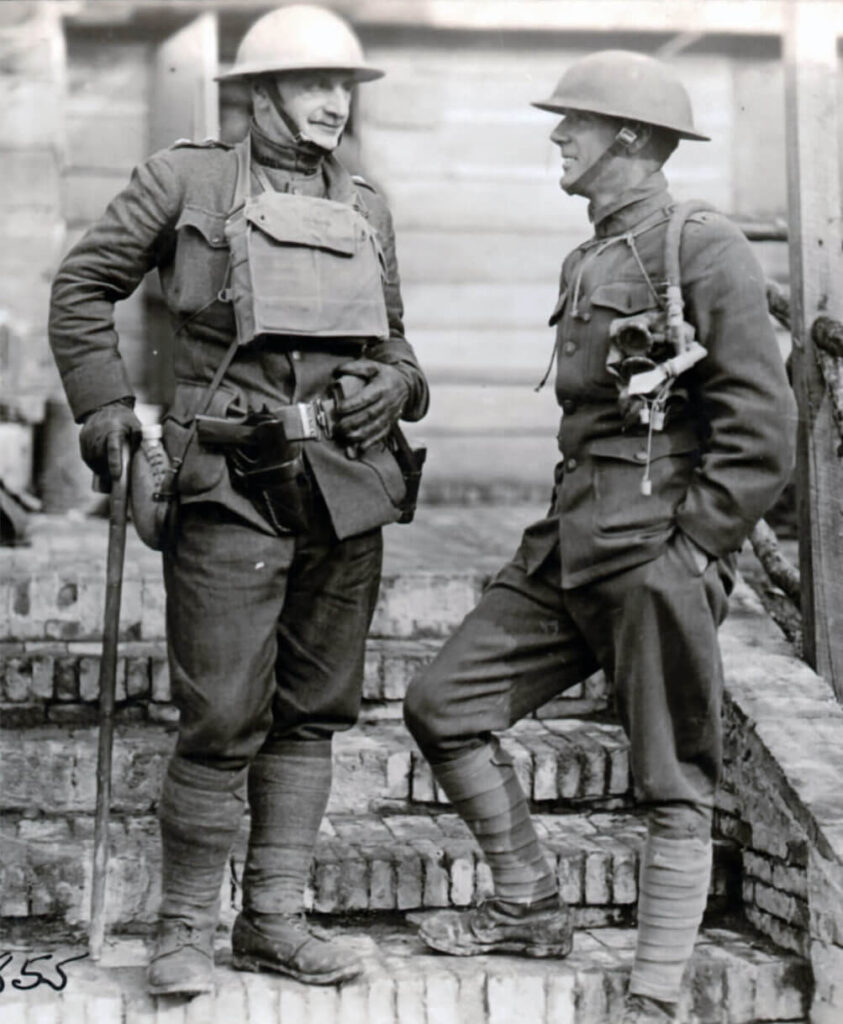
This led to a ton of attention-grabbing and interesting pistols occupying the trenches of World Battle I. At the moment, we’re going to try the automated handguns of World Battle I and break them down by the main powers of the Nice Battle. With that in thoughts, we’re going to concentrate on the weapons issued by the respective army forces. There have been a ton of weapons privately bought and wielded, nevertheless it’s a bit powerful to trace these down.
Austria-Hungary – Frommer Cease and Dreyse M1907
The Austrian-Hungarian Empire used all kinds of computerized handguns, however the two commonest had been the Frommer Cease and Dreyse M1907. Each of those had been somewhat easy pistols, and each chambered the .32 ACP cartridge. They had been straight blowback pistols with single-stack magazines.
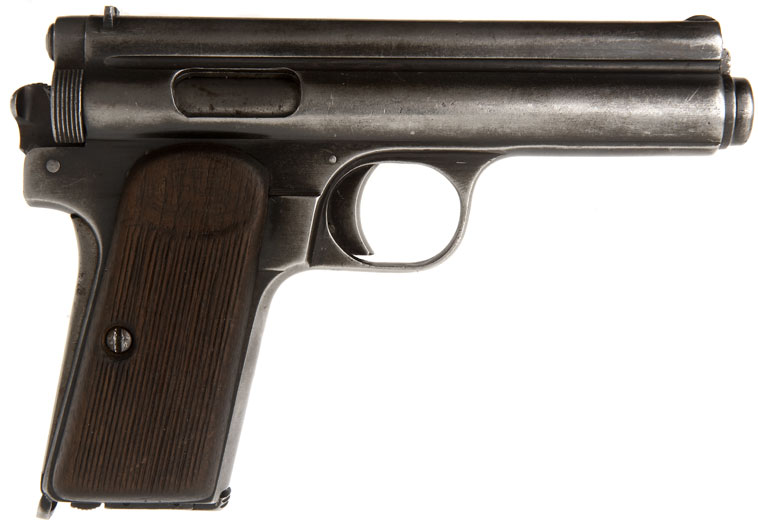
The Dreyse M1907 was an unsightly however strong pistol. It was widespread sufficient to final properly into World Battle II. The gun was a striker-fired weapon with a seven-round journal. One uncommon characteristic was the actual fact the recoil spring is concentric and across the barrel.
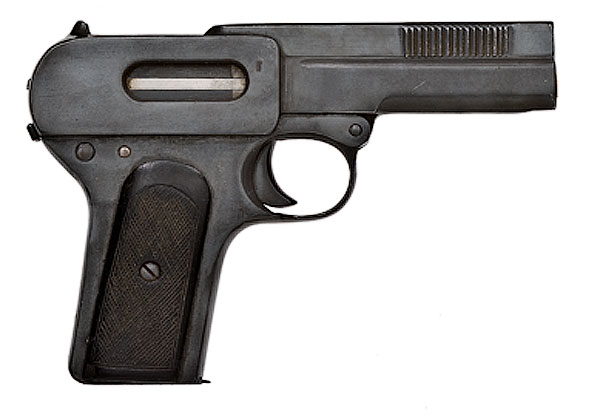
The Frommer Cease pistol is an uncommon design that lacks a conventional slide. All the things is inner to the gun, together with its shifting elements, which come out of the rear when it’s fired. Within the quest for small, rapid-fire weapons, they transformed Frommer Cease pistols to machine pistols, fitted them with 25-round magazines, and mounted them the other way up on a tripod.
Germany – Mauser C96 and Luger Sequence
The Germans had been fast to undertake semi-auto pistols and got here to World Battle I with the beforehand talked about Frommer Cease and Dreyse M1907 pistols, but additionally their very own 9mm handguns. Essentially the most well-known and customary is the Luger pistol. This gun was a toggle-locked, quick recoil pistol that chambered the 9mm Parabellum cartridge when utilized by the German military. The Germans would undertake the Luger LP08 as one thing of a lightweight rifle with an extended barrel, inventory, and drum journal.
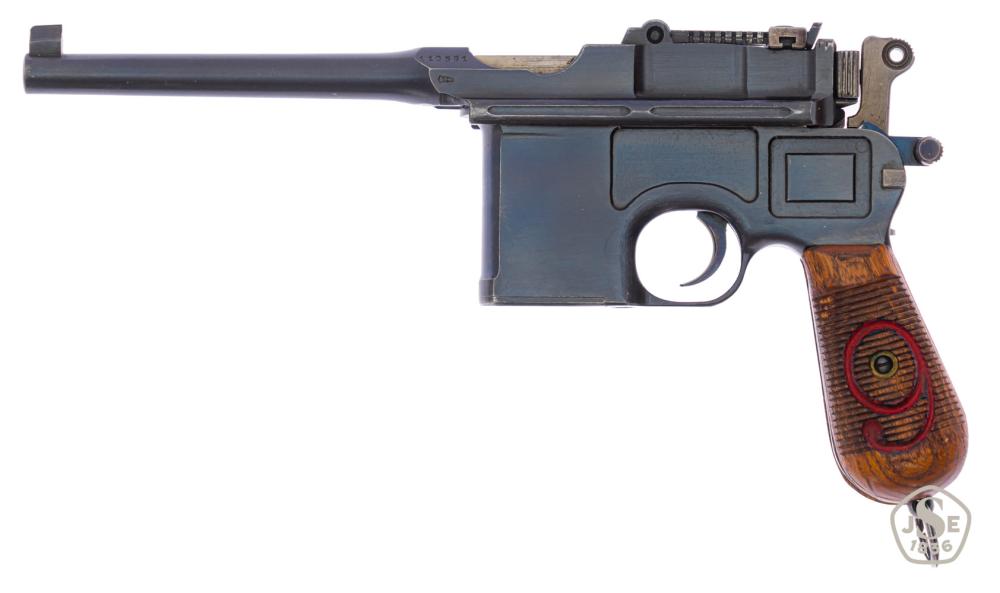
One other considerably widespread pistol with the German military was the Mauser C96. This was one of many earliest computerized handguns and one of the broadly produced. The Luger was sluggish to supply, so the German army ordered 150,000 C96 pistols in 9mm. These grew to become often known as the Purple 9 Mausers.
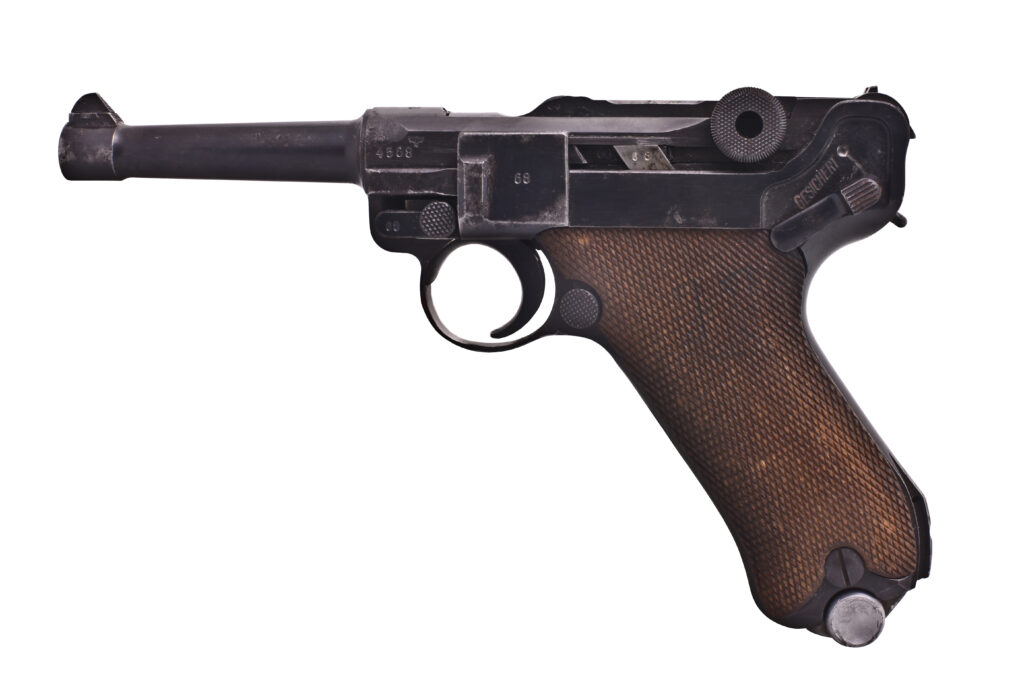
Turkey – Mauser C96, Luger Sequence, and Frommer Cease
The Ottoman Empire had a smattering of computerized handguns. Their allies used the Luger and Frommer Cease pistols, so it made sense for the Ottomans to buy them or for his or her allies to supply them. The Mauser C96 had lengthy been part of the Turkish arsenal. In reality, they had been the primary army contract Mauser acquired for the C96.

The Turkish C96 weapons had been supposed for palace guards, and only one,000 had been ordered. They chambered the Mauser 7.63 cartridge and, throughout World Battle I, made their strategy to the troops on the bottom.
United States – Colt M1911 and Colt M1903
The untied States got here with the high-tech on the time Colt M1911. This .45 ACP pistol used the brand new quick recoil motion to ship decrease recoil and excessive reliability. Not like blowback-operated pistols, the M1911 might fireplace the highly effective .45 ACP cartridge. World Battle I performed residence to a ton of computerized handguns, however solely the M1911 stays a viable alternative for contemporary shooters. Folks like to speak about stopping energy, however endurance must be a consideration as properly.

Alongside the M1911 had been loads of revolvers, in addition to the Colt M1903. This pistol was issued to of us who had been much less more likely to discover themselves in a small arms battle. This included sailors of the US Navy and, finally, pilots flying over the battlefield. This freed up M1911s for the fellows on the bottom and within the trenches.
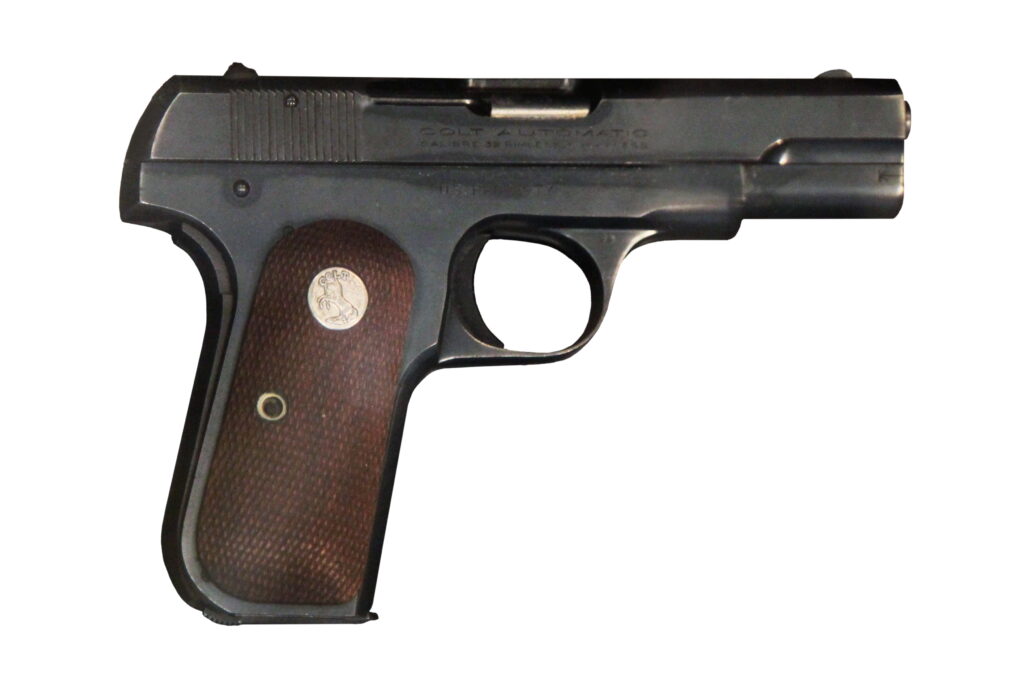
France – FN M1900, Ruby pistol, and Savage M1907
The French had been pretty entrenched with their revolvers throughout the battle, however a number of computerized handguns made their strategy to French arms. The French had a giant hankering for weapons, so it’s no shock designs from Belgium, Spain, and America made their manner into French arms.
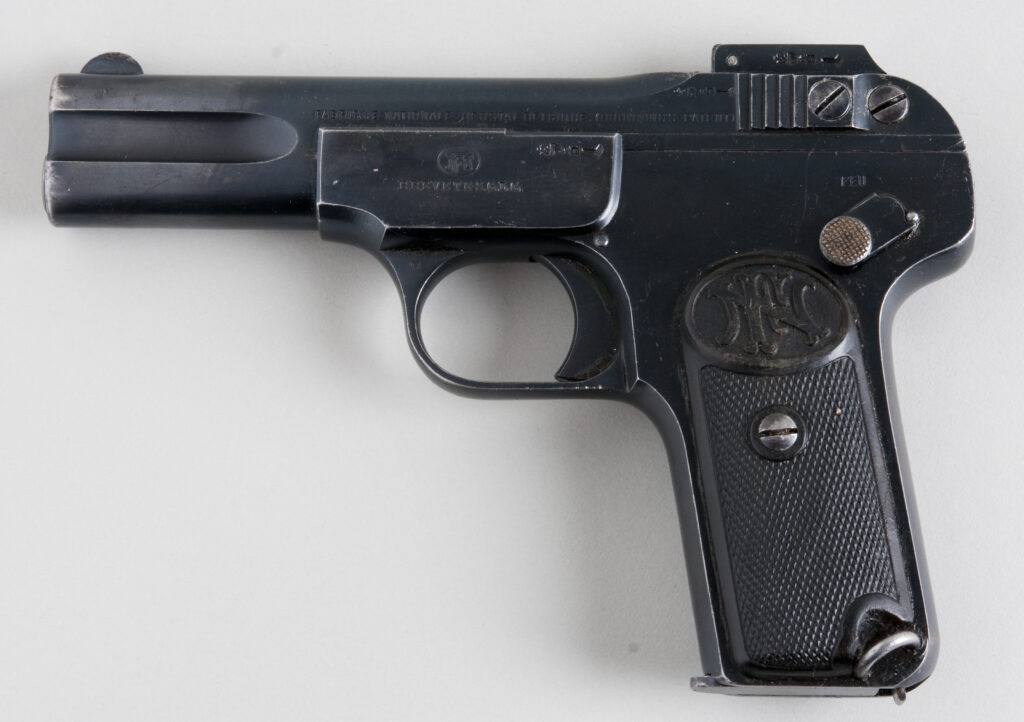
The Frogs made good use of the FN M1900, an computerized handgun with a slide, within the arms of their Trench Raiders. These soft-recoiling, fast-firing, straight blowback pistols used the .32 ACP cartridge and had been famend for his or her reliability. Keep in mind, automatics had been new, so a dependable mannequin was useful.
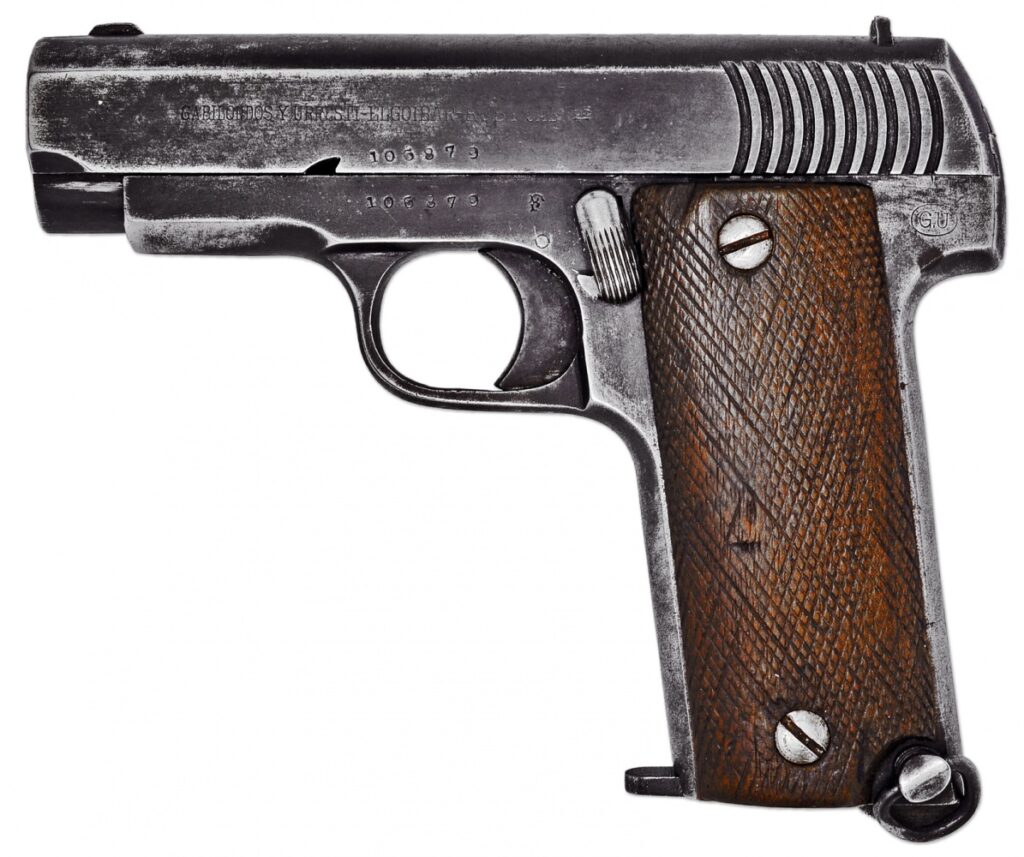
The Ruby pistol was a Spanish design that was loosely primarily based on the Colt M1903. It’s a blowback-operated .32 ACP that was recognized for its sturdiness and stout nature. The French will need to have appreciated the nine-round journal as a result of they bought wherever from 250,000 to 300,000 Ruby pistols.
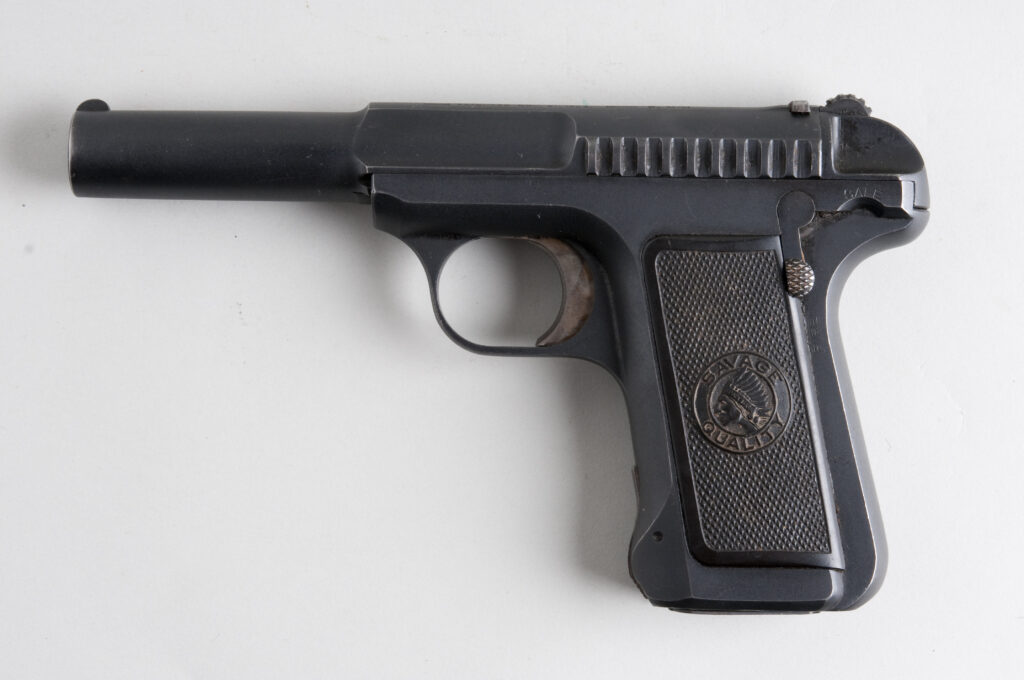
Lastly, the Savage M1907, one other .32 ACP pistol, was adopted in giant numbers by the French. These army Savage automatics featured loaded chamber indicators and lanyard loops. These weapons had been fairly spectacular for the period and had been very compact. They held ten rounds in one of many earliest examples of a double-stack journal.
United Kingdom – Colt M1903, Colt M1911, and Webley Self-Loading pistol
The British beloved their revolvers however will need to have seen the writing on the wall and gathered an array of computerized handguns to arm their troops with. Whereas they’d proceed to concern revolvers into World Battle II, the First World Battle gave the Brits the miracle of Colt. The Colt M1903 in .32 ACP and .380 ACP was bought in two batches throughout the battle. These small automatics had been fairly dependable and simple to deal with. They had been reportedly primarily issued to the Royal Air Pressure.
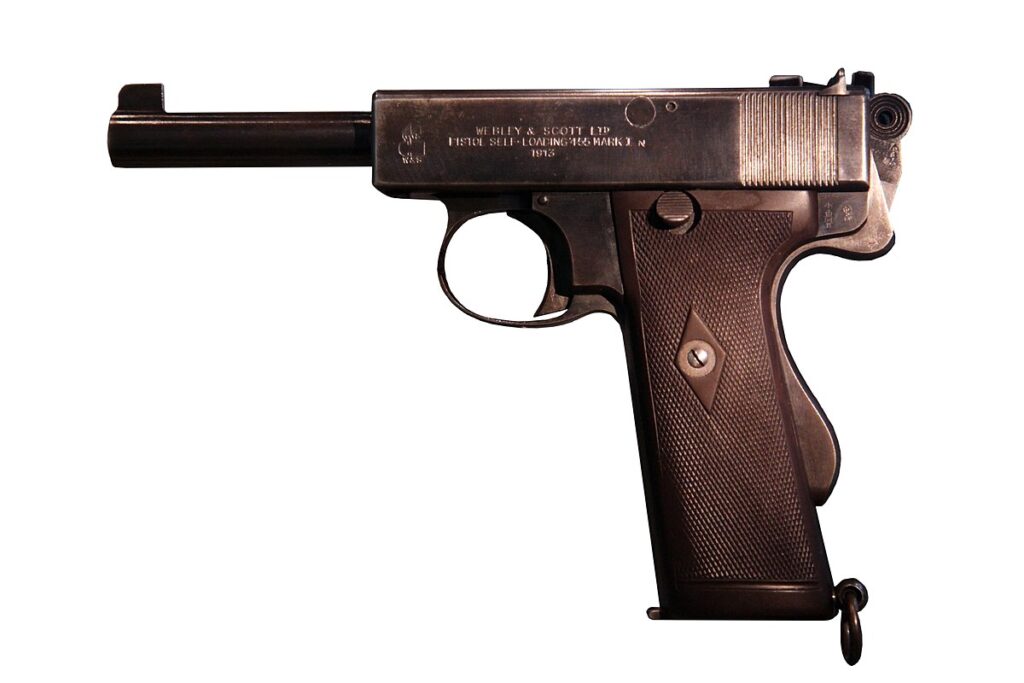
The Brits additionally obtained the M1911, which is nuts, contemplating that America couldn’t produce sufficient of them. The British M1911 chambered the .455 Webley Automated cartridge, and these weapons had been despatched to the Royal Navy. They’re inventory commonplace M1911s and had been high-tech for the time. Nonetheless, they had been a stop-gap to get weapons in British arms.
Lastly, the British Webley Self-Loading Pistol was additionally issued in .455 Webley to the Royal Navy, in addition to the Royal Horse Artillery and Royal Flying Corps. The Webley Self-Loading Pistol was a reasonably fashionable short-recoil design. Nonetheless, the pistol did face some reliability points.
Russian Empire – Colt M1911, FN Mannequin 1903
The Russians had been revolver guys for many years, and the Nagant revolvers had been their major go-to. Nonetheless, because the battle cranked up, the Russians started to get their arms on no matter they might. Russia contracted with Colt to buy 51,000 pistols between 1916 and 1917. These had been commonplace Colt M1911s in .45 ACP.
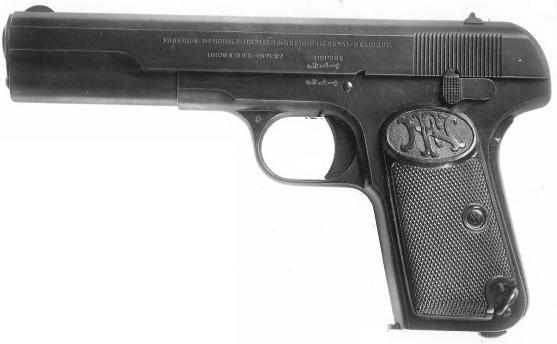
The Russians additionally used the FN Mannequin 1903. It’s a Browning design, nevertheless it was not a Colt M1903 for the European market. This was a full-sized firearm chambering the 9x20mmSR Browning cartridge. This was a blowback pistol, and on the time, this particular cartridge was essentially the most highly effective cartridge a blowback weapon might safely fireplace. These weapons are marked with crossed Mosin Nagant and had been awarded to officers on the Imperial Nicholas Army Academy.
Automated Handguns in World Battle I
World Battle I used to be on no account the primary battle to see computerized handguns shine. Nonetheless, it was an enormous and horrendous battle, and it possible helped encourage and affect the small arms selections of army forces internationally.
[ad_2]
Source link




